October 6-12, 2024
A dull week full of surprises

A week of colder, sometimes drab, days glowing with brilliant fall colors.
Week in Review
Well, it's happened again: as soon as I sat down to write about the slow and uneventful week we had, I discovered that I have more photographs and observations than I can fit into a single newsletter! Without even going into the comet that hasn't been seen in 80,000 years, or talking about the wild northern light displays, this turned out to be a very full and wild week.
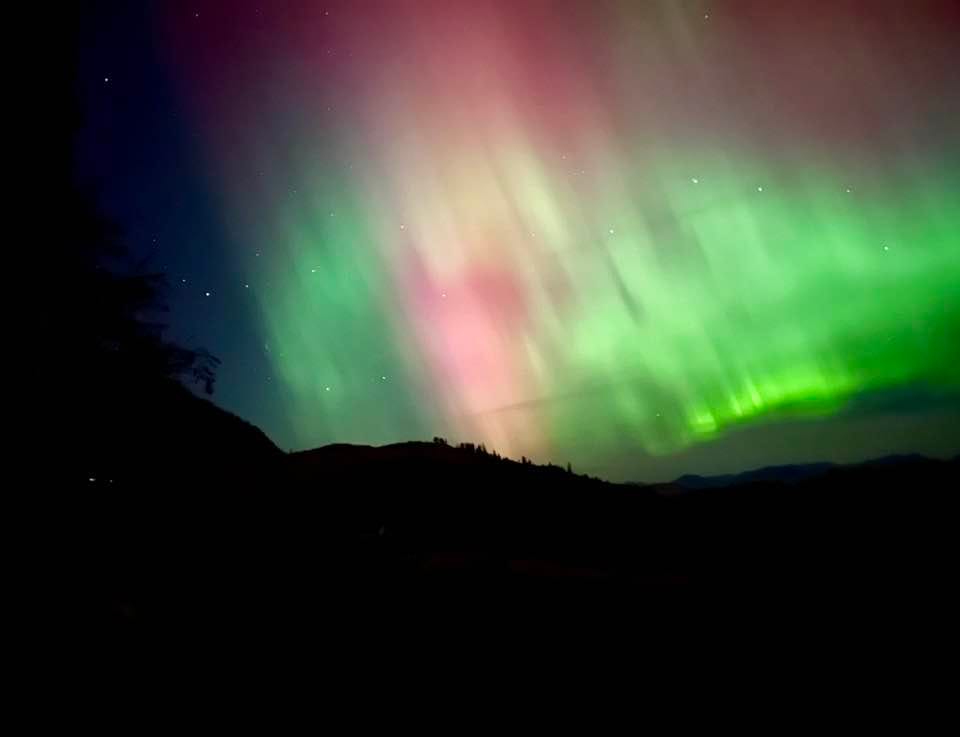
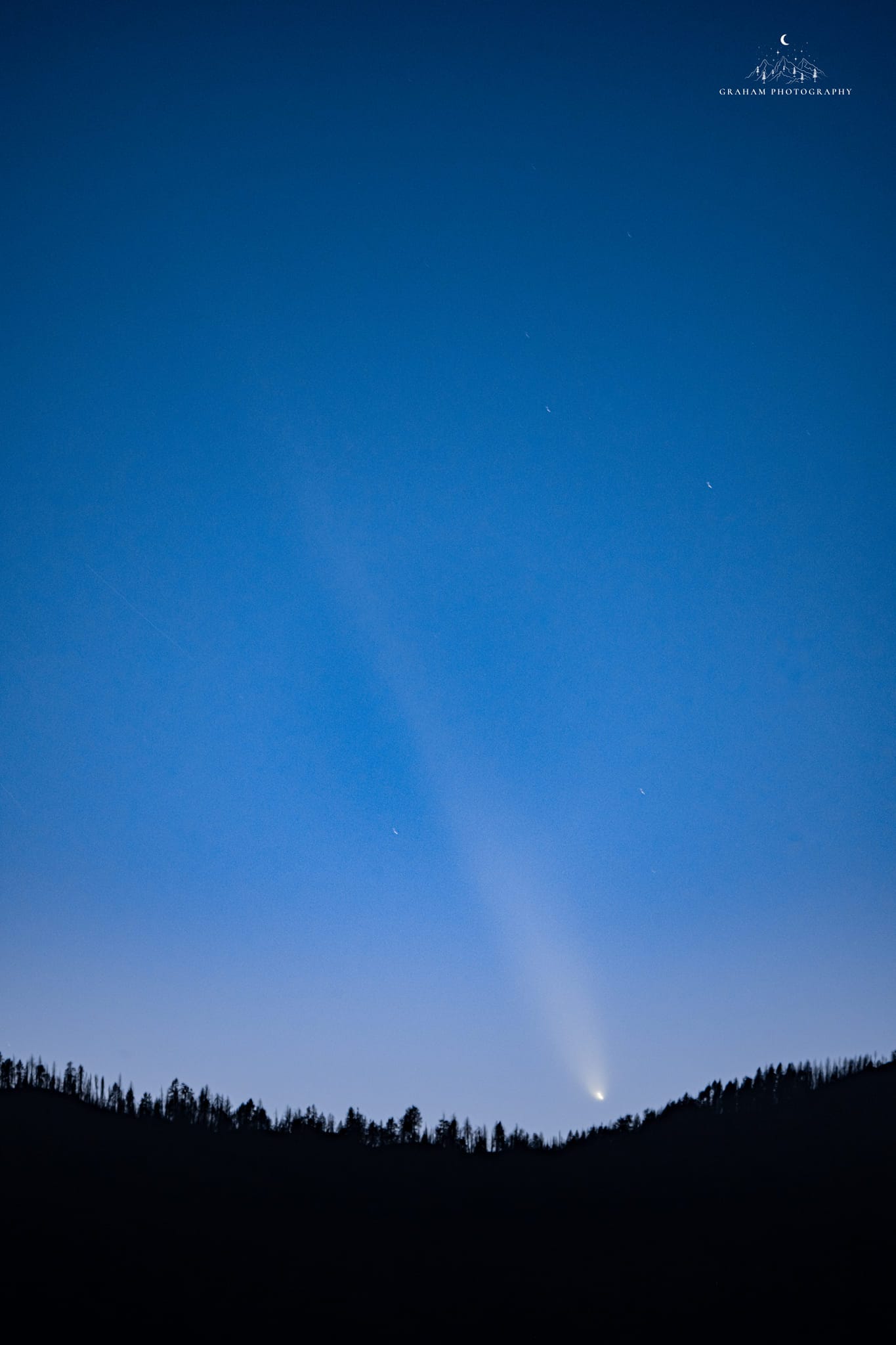
Northern lights (photo by Shelley Skinner), and Comet Tsuchinshan-ATLAS (photo by Mindy Graham).
The star attraction this week has to be the glorious golden glows and delicious fall colors that are everywhere right now! This is an absolutely breathtaking time to drive around the valley or head into the mountains and soak up the views. I'm guessing that colors in the valley might peak in the next week or two, but don't wait around to find out!
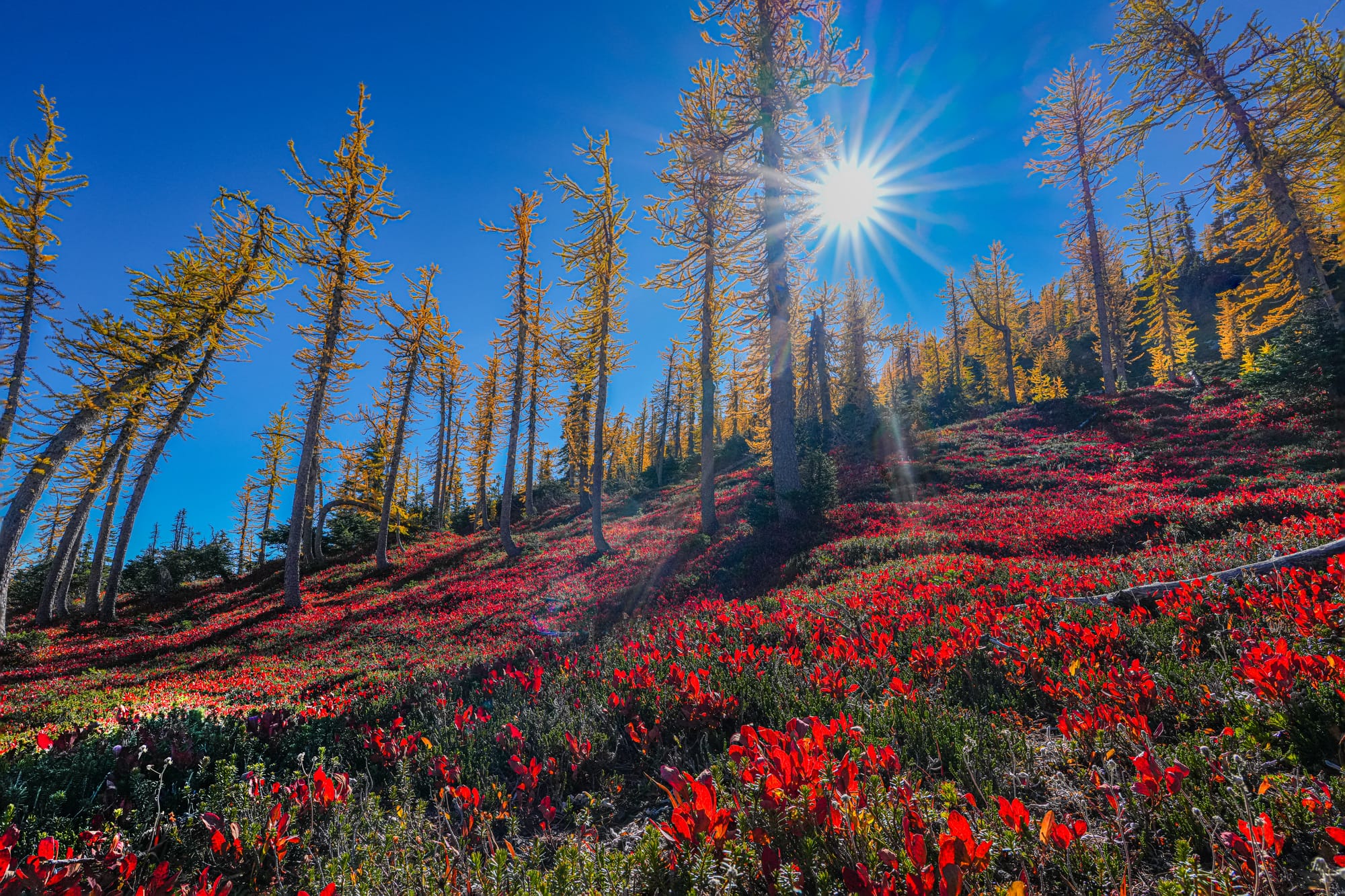
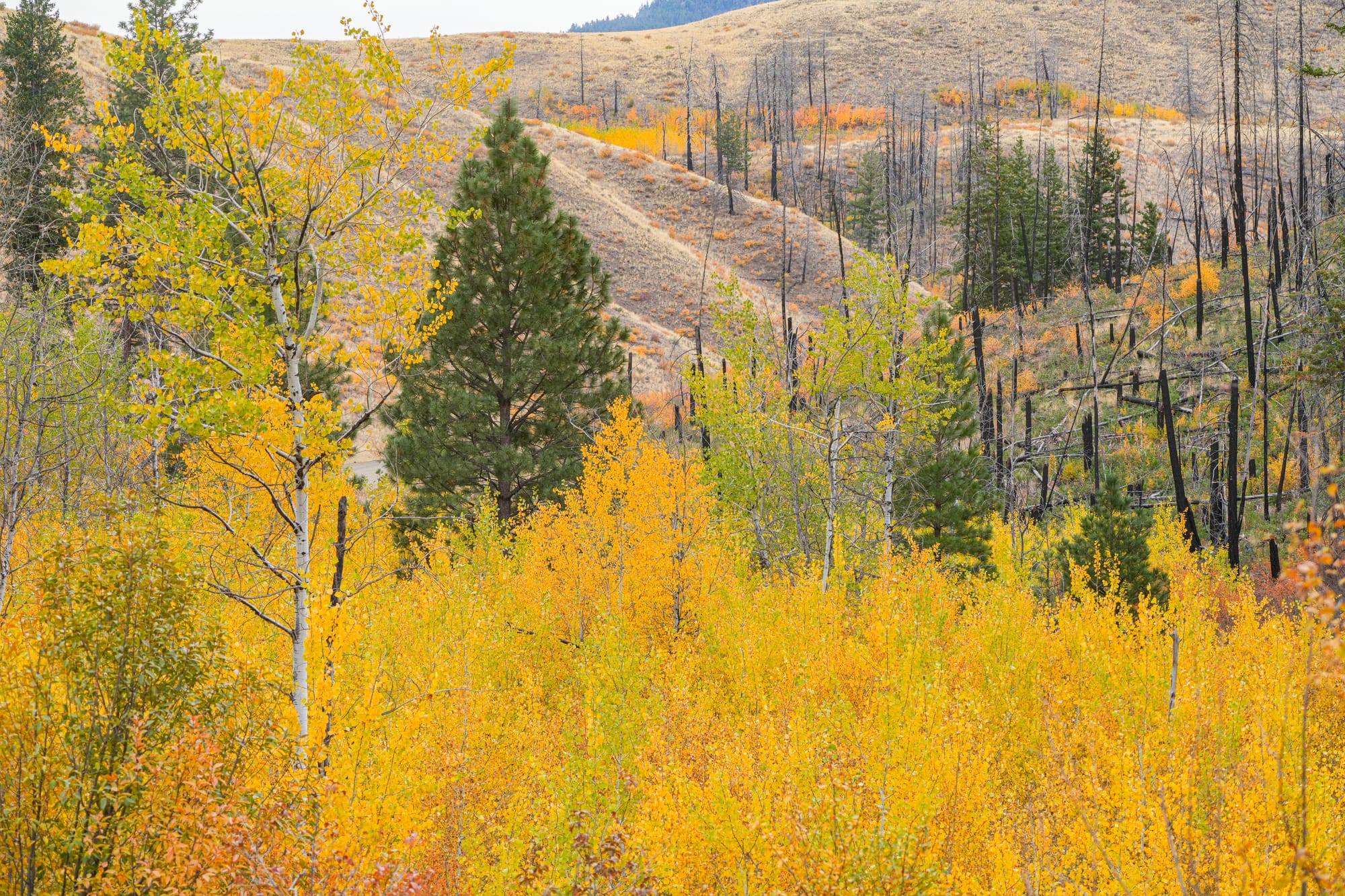
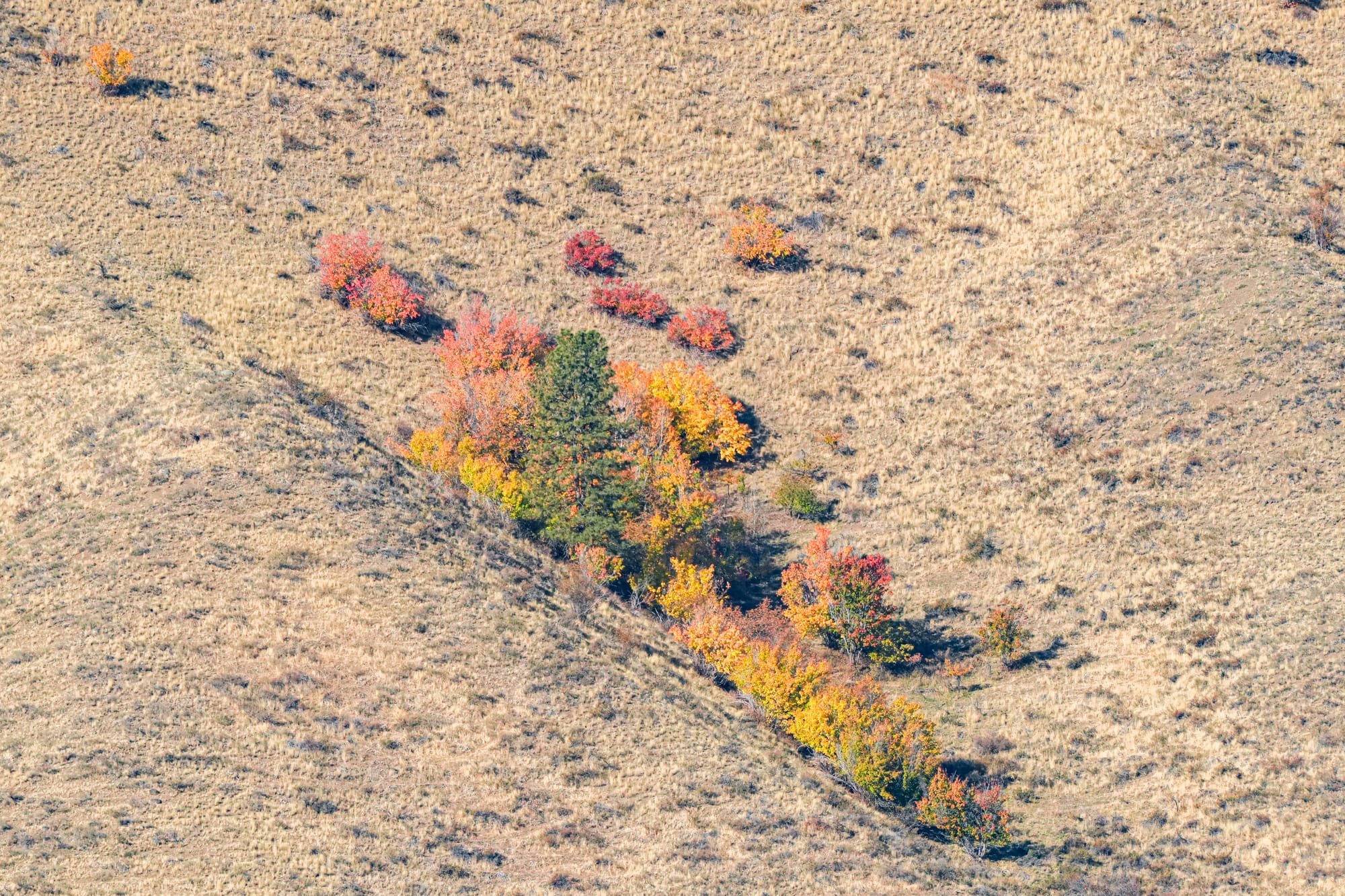
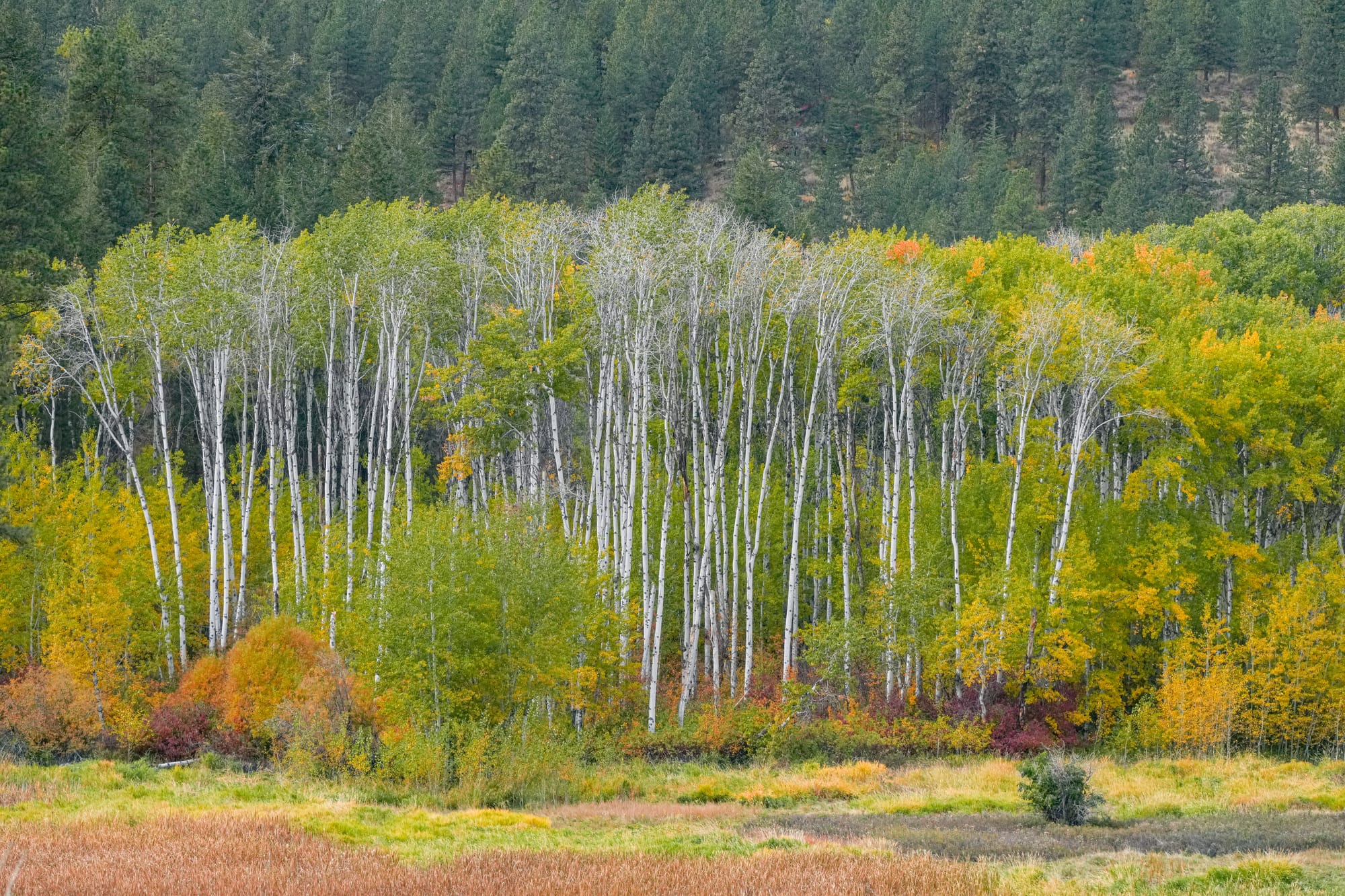
Fall colors in the Methow Valley. Photos by David Lukas
Last Sunday was the annual Coming Home Celebration at Homestream Park in honor of returning salmon, and this is a great time to see salmon at well-known spawning locations like the Spring Creek Bridge in Winthrop or at Twisp Park. We are fortunate to have salmon in our rivers, and we are fortunate that so many organizations and individuals are working hard on behalf of these astonishing animals.
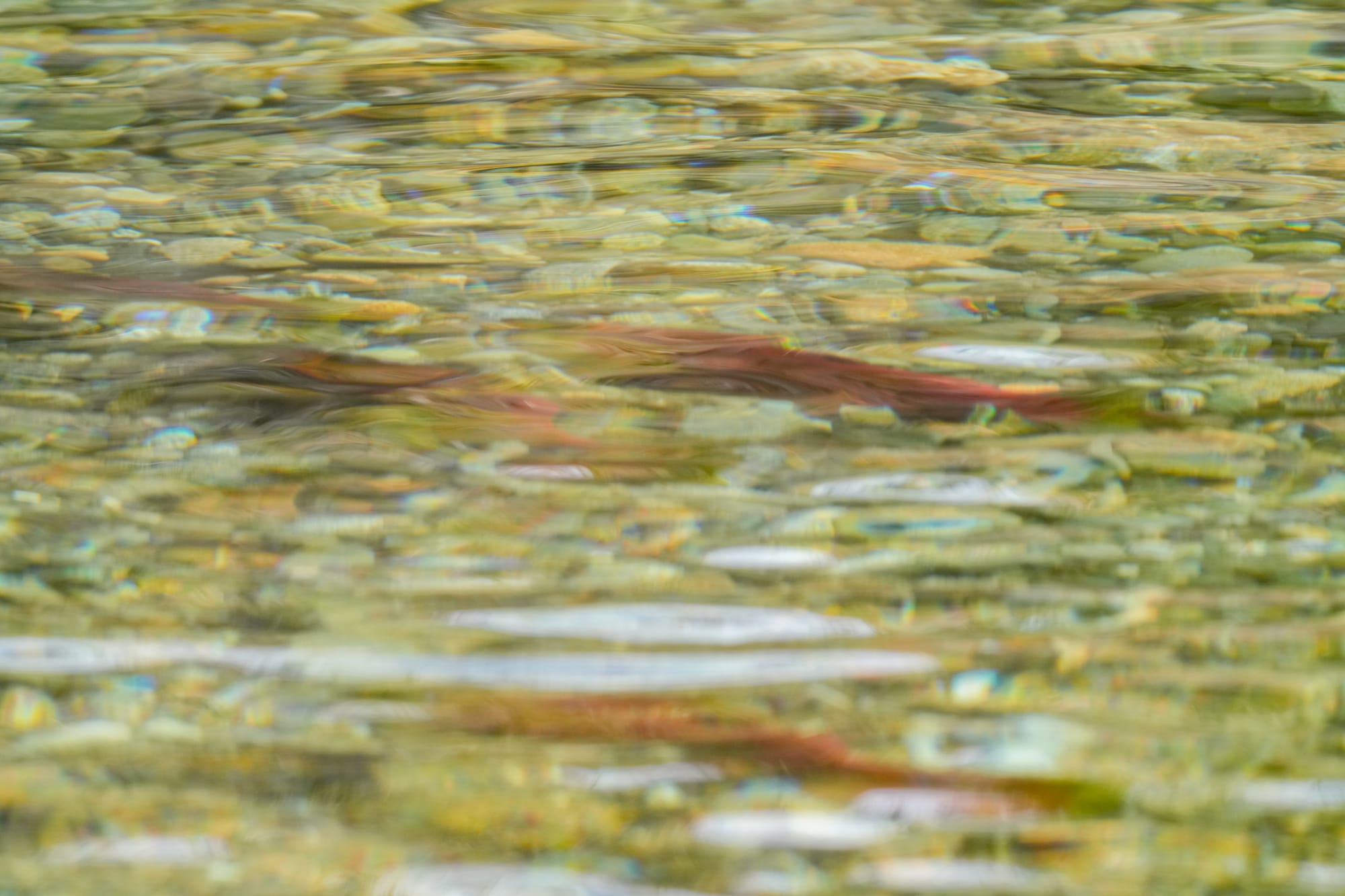
Along with spawning salmon, there has been a lot of bird activity this week. Not only are large flocks of white-crowned sparrows still milling around, but we've also had daily visits from birds checking out nest boxes in our yard. This is a common behavior because birds like to scope out potential nest sites before leaving for the winter as a way to pick where they're going to return and lay eggs next spring.
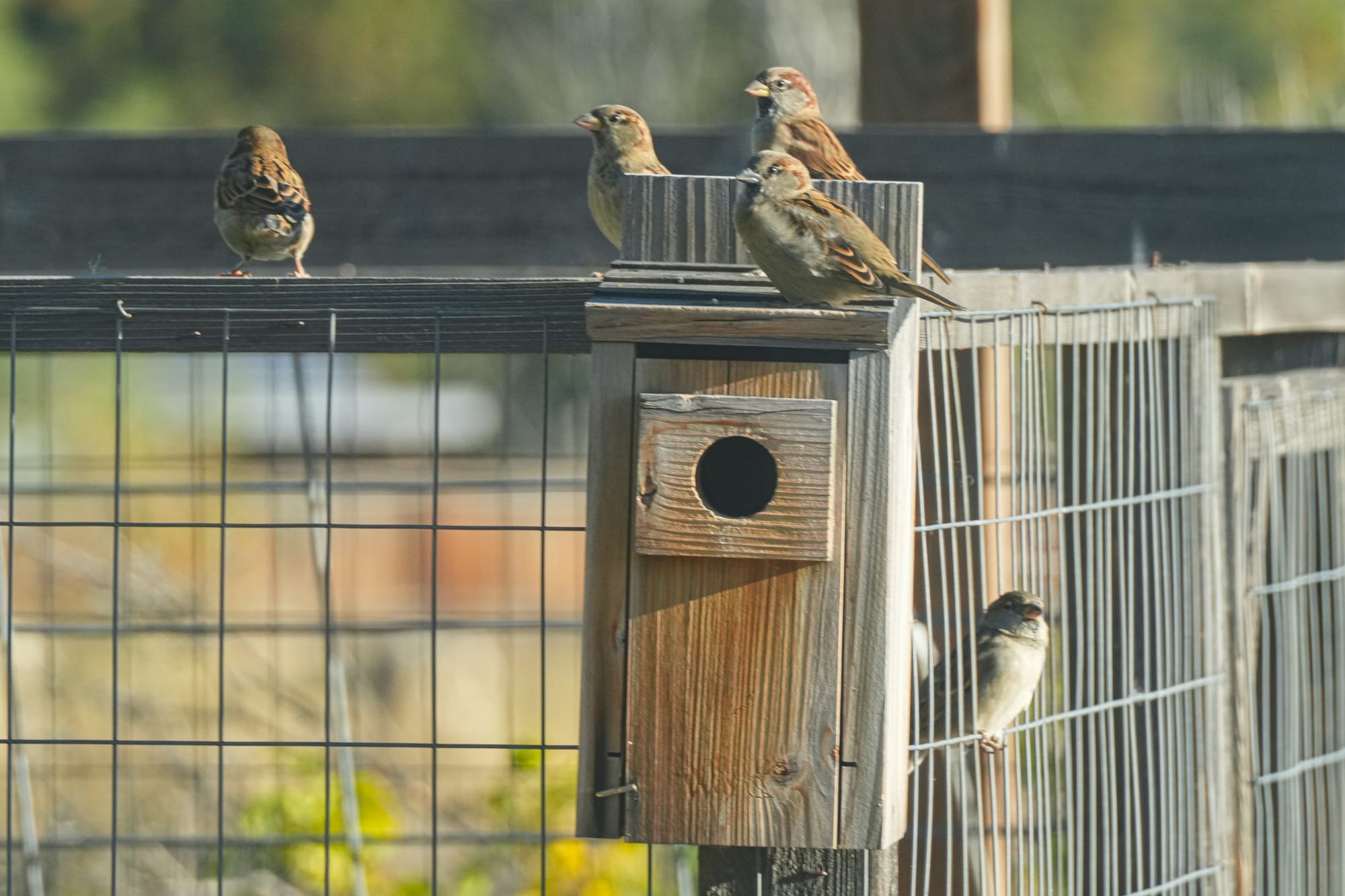
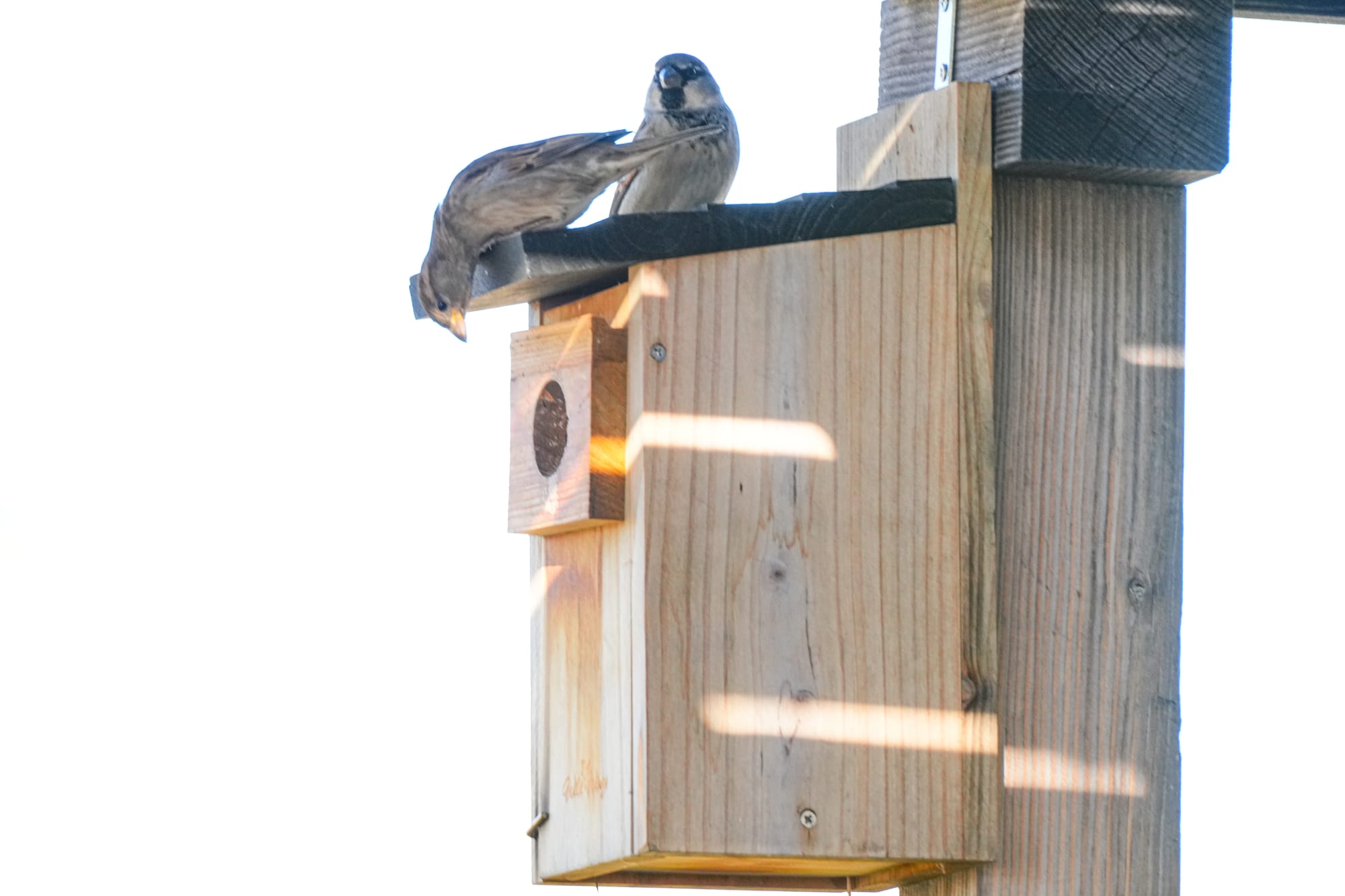
Which nest do we want to use next spring? Photos by David Lukas
I've also been noticing flocks of American robins, which is a typical fall and winter behavior in these birds. There are places in the western United States where hundreds of thousands, even millions, of robins gather. Smaller groups pass through the valley but even those numbers can be impressive at times.
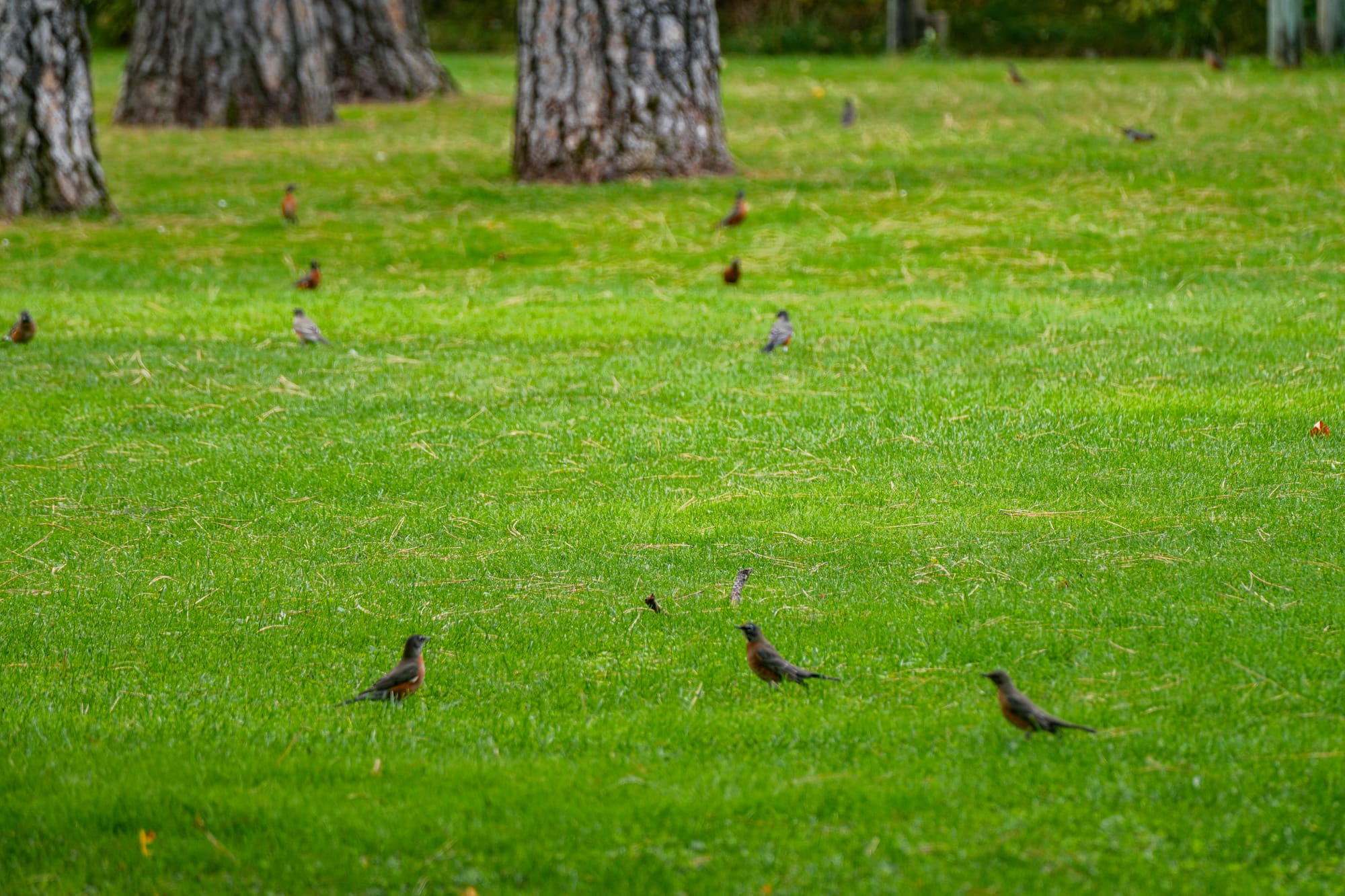
October 11 was a particularly busy day for birds at Big Twin Lake with the arrival of hundreds of American wigeons, northern shovelers, ring-necked ducks and scaup that lingered for several hours along with a solitary Bonaparte's gull. A western grebe and horned grebe that joined the group have stuck around for a few more days.
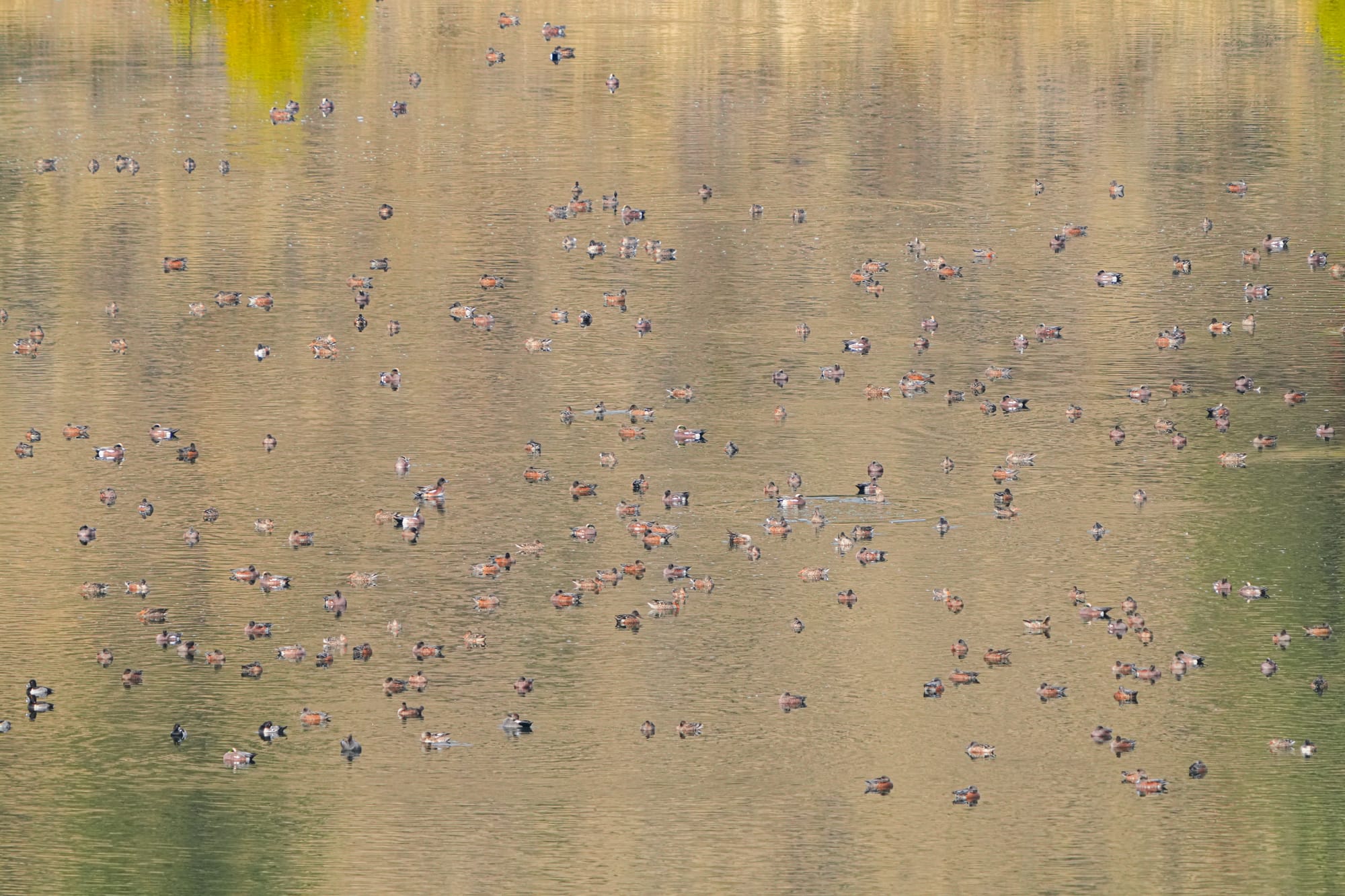
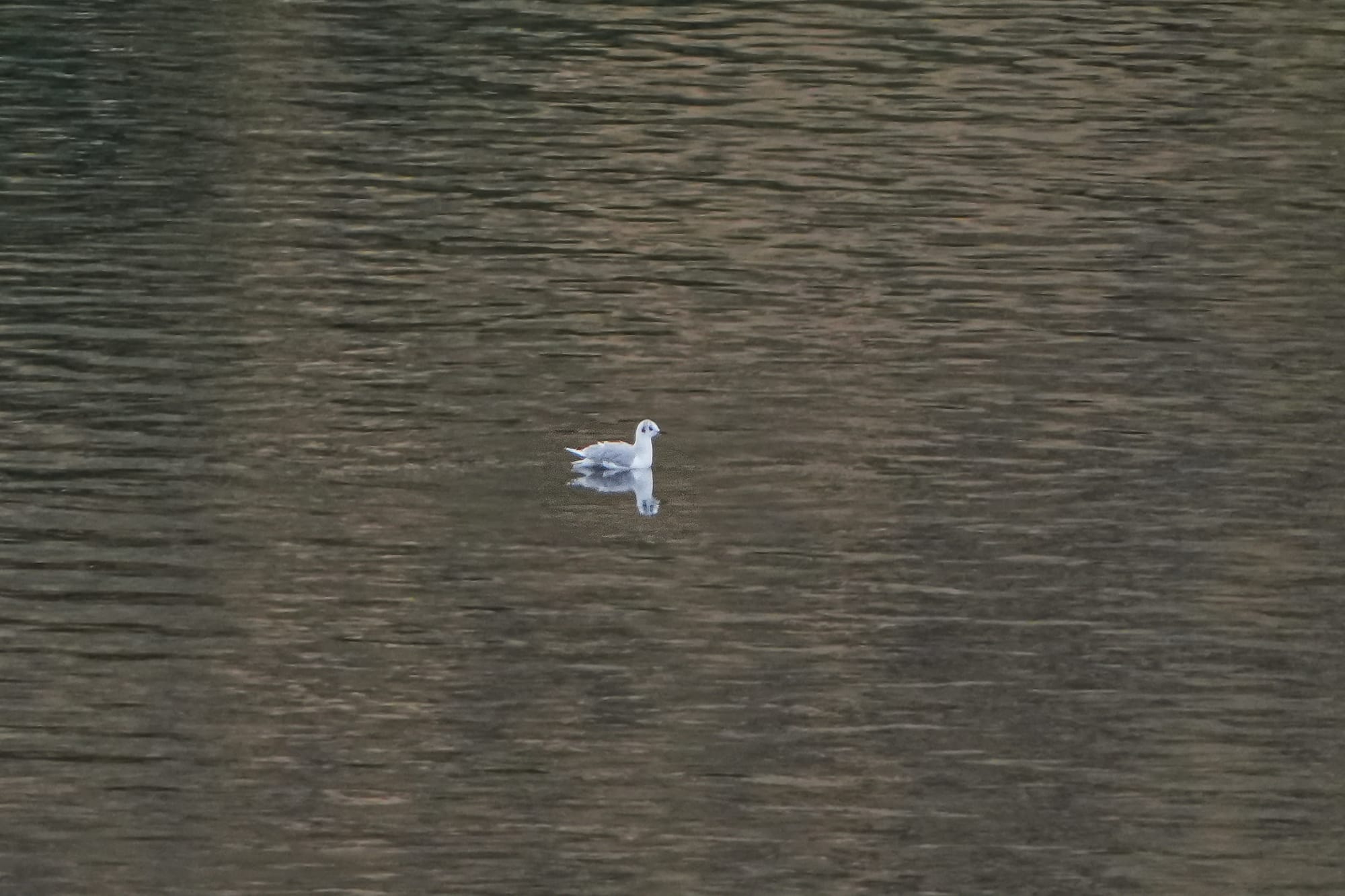
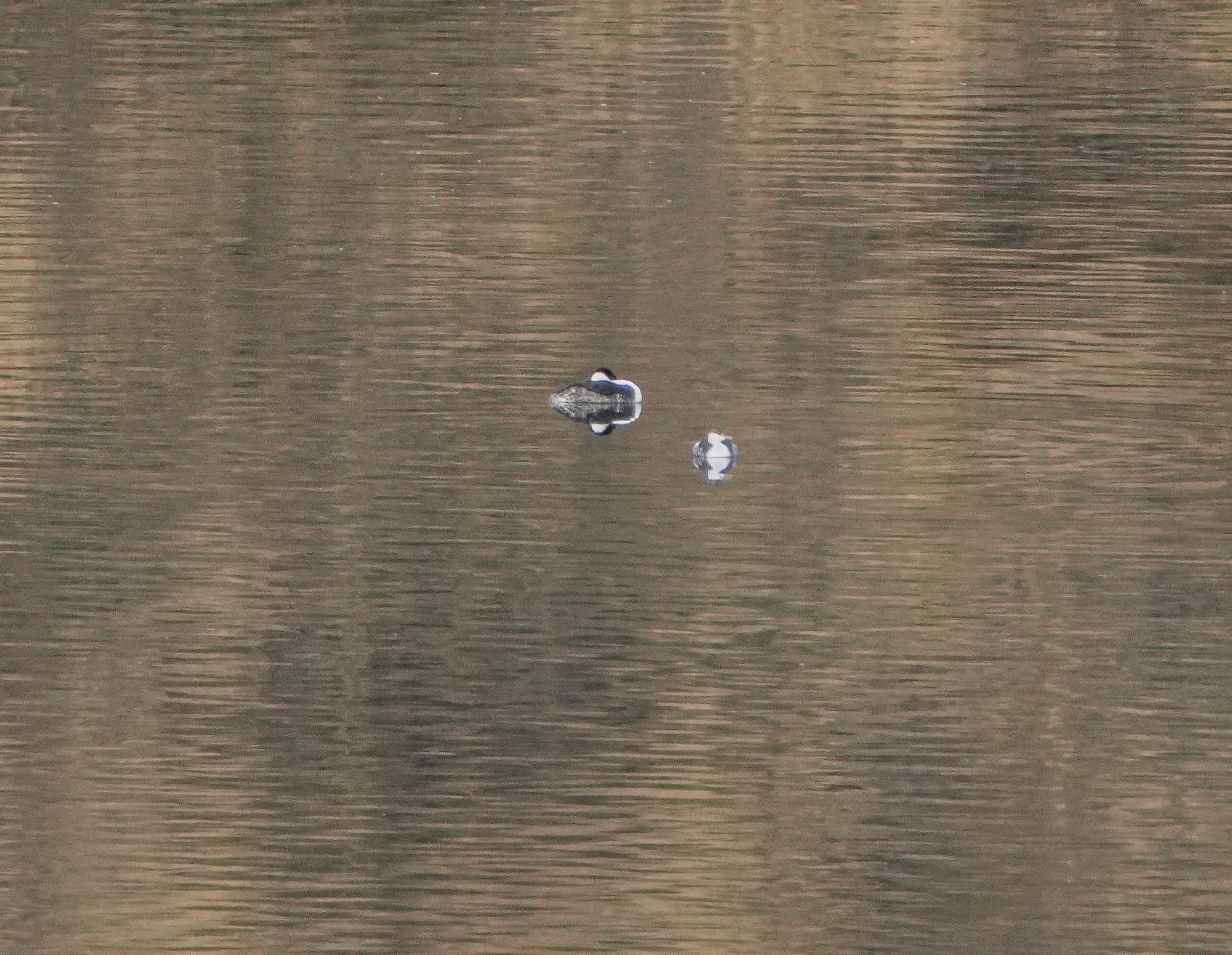
Despite the cold nights and frosty mornings, a variety of insects are still active. This is the time of year when you will see white woolly aphids flying around. Because they are conspicuous and easily captured, I think these aphids wait until songbirds have left to start flying around and mating.
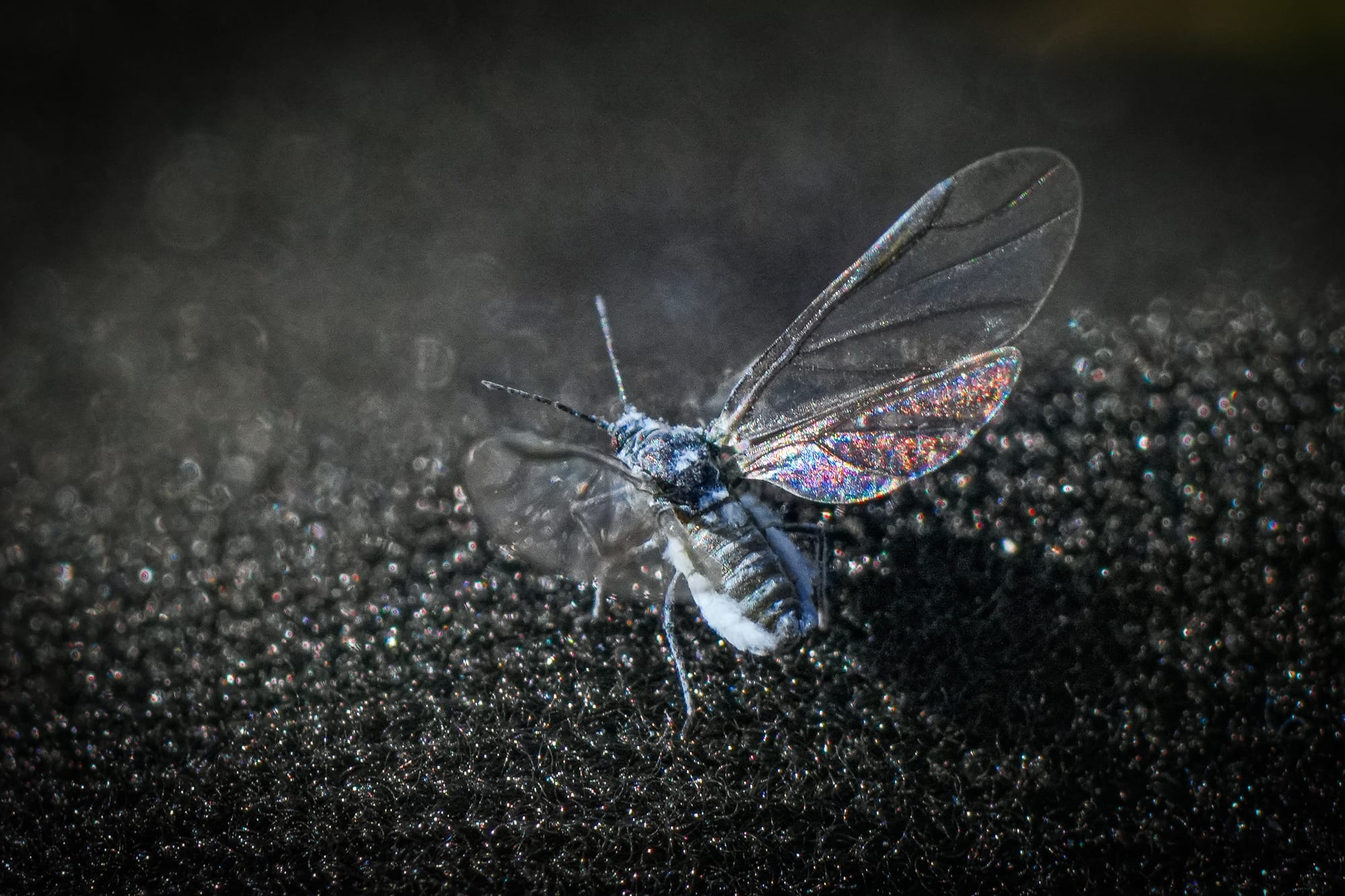
Another interesting observation this week was a sighting of a seldom seen short-horned walking stick. They are almost impossible to see when they hide amid grasses and branches, but in the open they move quickly in search of a new hiding spot.
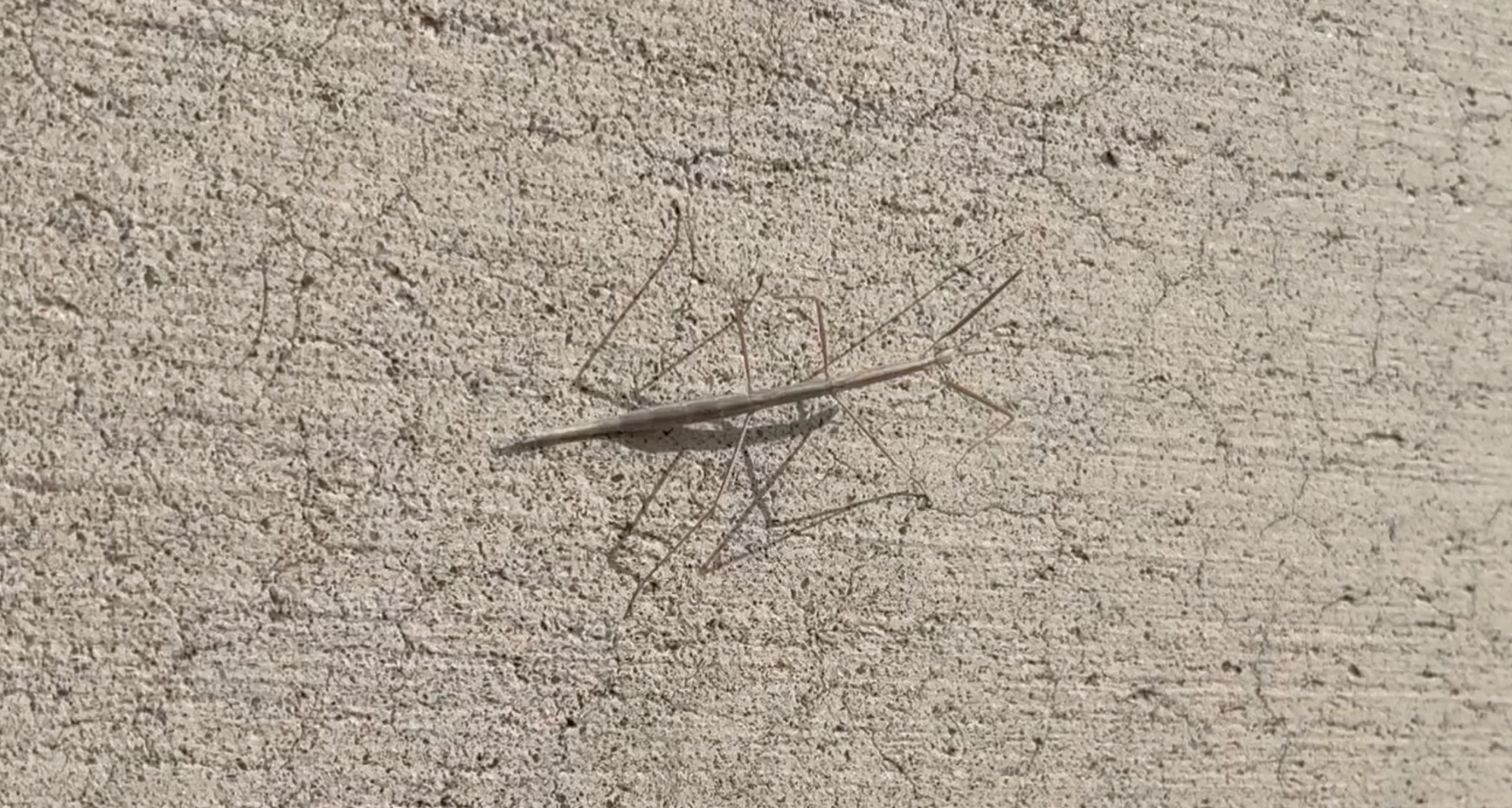
Observation of the Week: Asian Lady Beetle
People were talking about ladybugs on the Nature Notes Facebook group this week, and especially about ladybugs showing up inside houses. Ladybugs (or lady beetles) typically gather in large groups to overwinter in sheltered locations, but I hadn't realized that the ladybugs showing inside houses are mostly an introduced species.
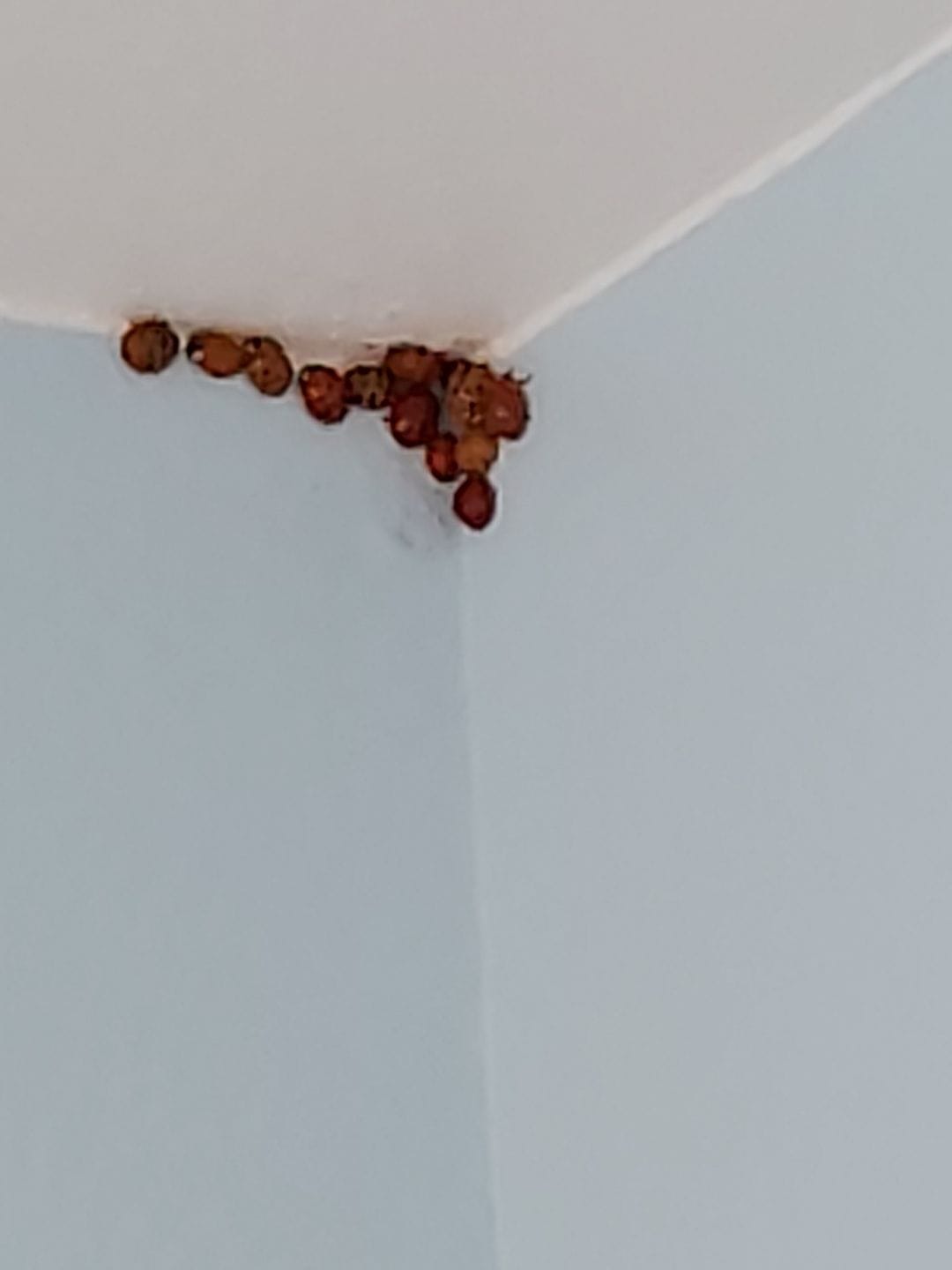
There are about 475 species of native ladybugs in North America, but it turns out that there's been a massive effort to introduce Asian lady beetles on the idea that they'll control aphids. This effort has proved too successful to the extent that Asian lady beetles are now extremely common.

There's very little information on how these introduced lady beetles are impacting and competing with native lady beetles, but it's clear that they've become a nuisance and a hazard in other ways (see here for a detailed analysis).
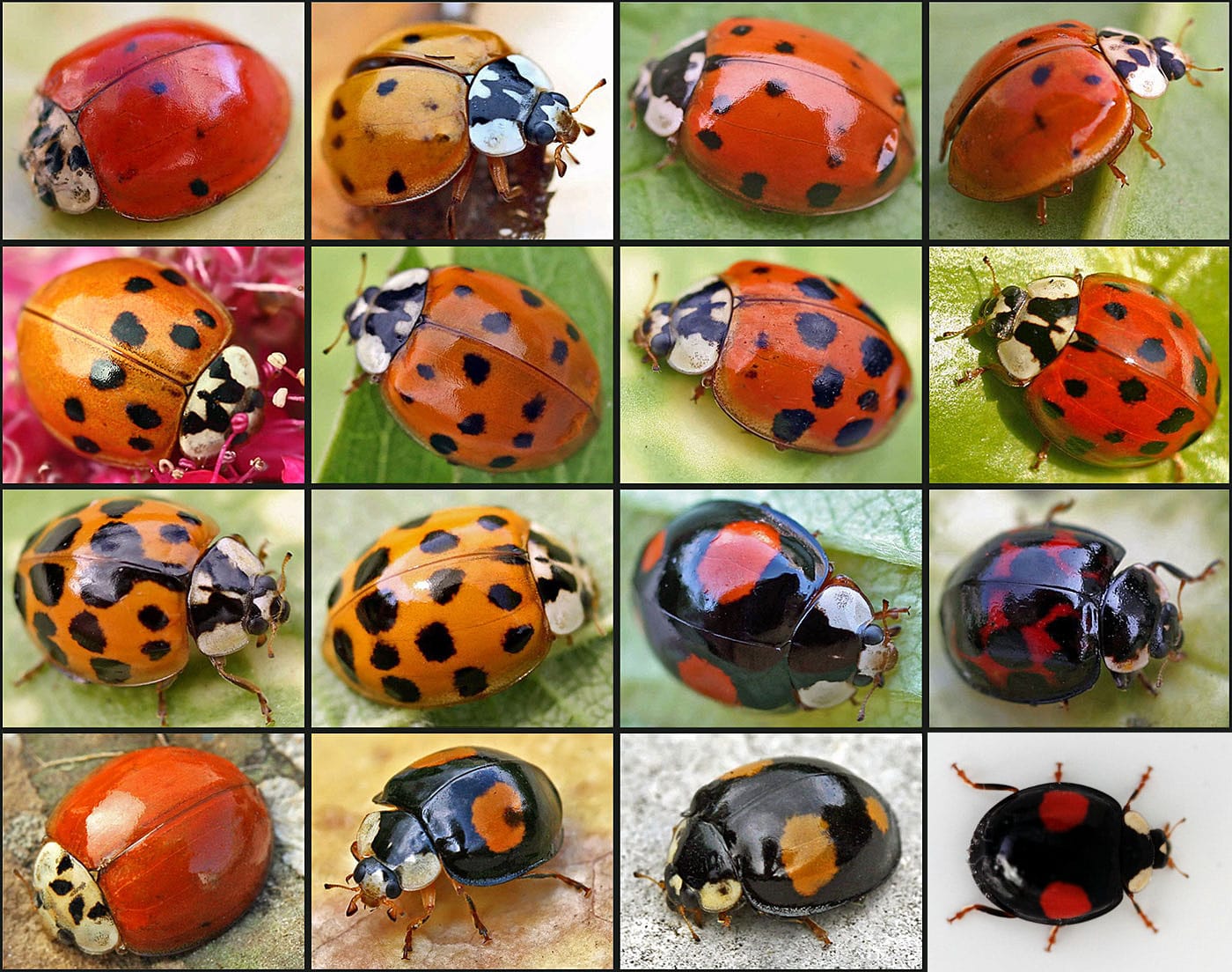
Problems include the fact that Asian lady beetles gather in houses because they're not adapted to cold weather, they secrete noxious odors, they frequently bite people, and up to 20% of people have allergic reactions to them.
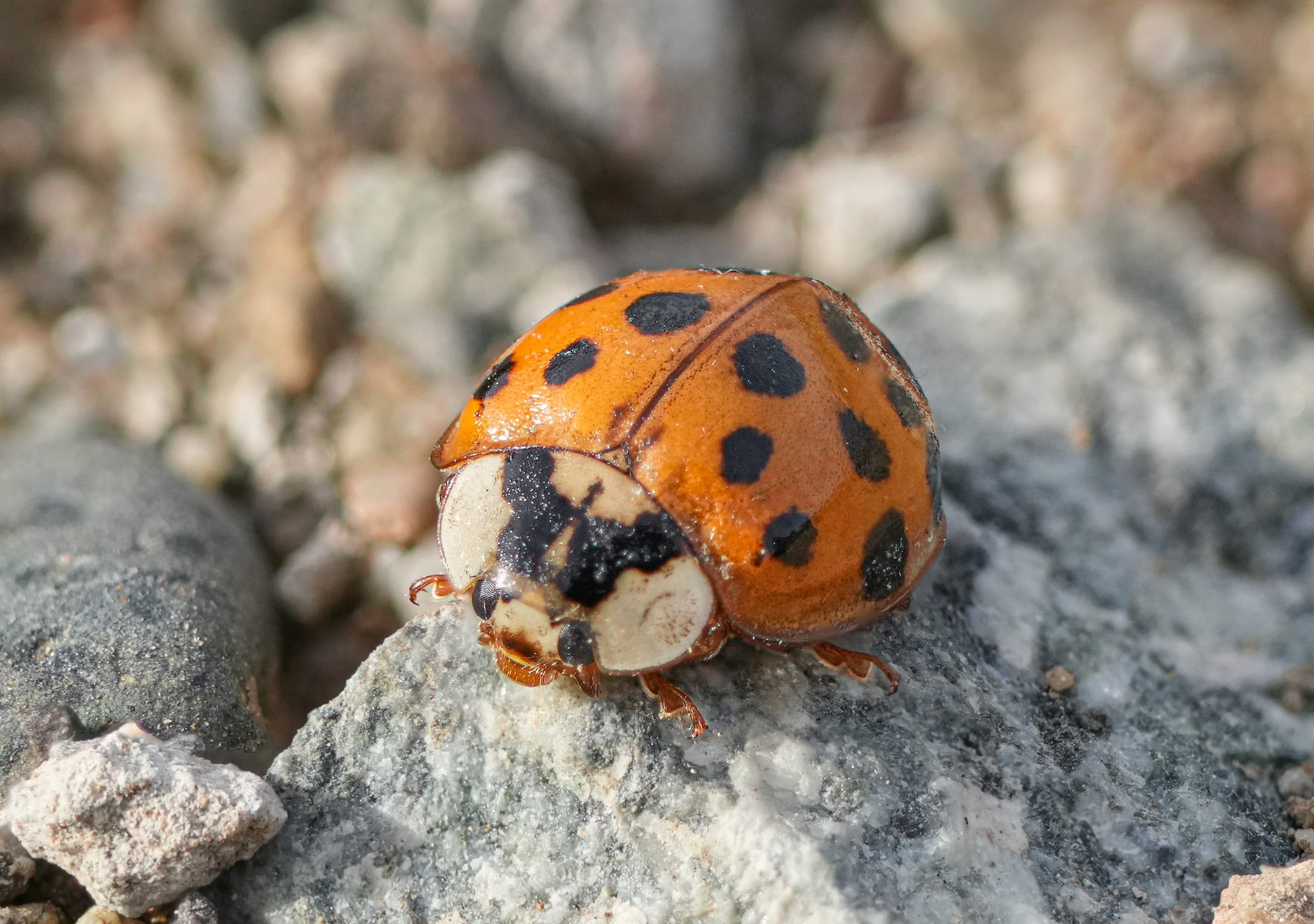
It's relatively easy to identify Asian lady beetles, and now that I've learned about them, I've been amazed to discover that nearly all the lady beetles I've been seeing are this invasive species!

